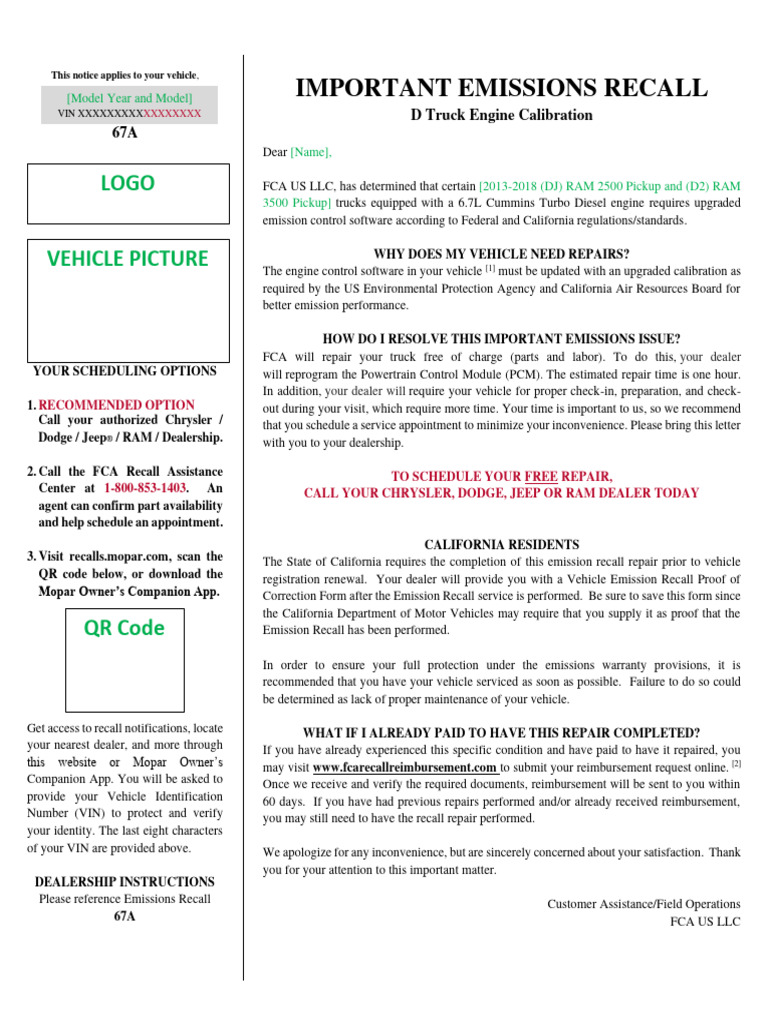Speculation, but some possible industry insight about the 'defeat device' relating to the Cummins EPA settlement.
Neither Cummins nor the feds will explain precisely how the company skirted emissions controls, but there are some theories out there.

www.thedrive.com
"The term
"defeat device" has evolved into a blanket categorization including software and hardware that illegally increases vehicle emissions for the sake of performance, efficiency, or both. It's become common parlance in the automotive industry, especially as companies
including Volkswagen have been caught using said devices to skirt emissions regulations on a massive scale. From there, it spread to the vehicle aftermarket and, particularly,
the diesel tuning industry.
That's where Kory Willis, founder of PPEI Tuning, fits into this. I spoke with Willis for
a story I wrote in 2020 about the Environmental Protection Agency's war on modified diesel trucks, which he's especially qualified to talk about. That's because the EPA hammered him and his company with $3.1 million in criminal fines as well as civil penalties for violating the Clean Air Act. He then signed a consent decree which allows PPEI to continue selling performance upgrades so long as they're approved by the California Air Resources Board, or CARB.
Willis went on
The Truck Show Podcast recently to talk about Cummins' massive settlement, and he put it plainly: "I don't think Cummins did anything wrong." He emphasized his personal experience with the 6.7-liter engine in question, saying he deals with them "20+ times a day" as PPEI provides owners with tuning adjustments and the like.
"What strikes me more than anything is, if there was a defeat device—or unless it was from day one, which I don't think is necessarily possible because I've passed CARB emissions with this stuff as well—I haven't seen any change," Willis explained. "That's where I'm very curious of what they're calling a defeat device."
The most plausible explanation is a software change within the engine's computer system, though exactly what alteration allegedly violated the Clean Air Act remains unclear. Willis mentioned this during his interview, as well as a particulate matter sensor that may have been absent or changed without approval. It's impossible to say for sure since Cummins and the DOJ have yet to disclose it officially.
While genuine insight is hard to come by in this case, there is at least one more source with relevant information to help make sense of Cummins' emissions testing debacle. That's Peter Treydte, the compliance center manager at
SEMA Garage who works to help OEMs and aftermarket suppliers alike meet federal regulations.
In the same episode of The Truck Show Podcast, Treydte shared some knowledge about the compliance process and what tools manufacturers use to stay within the feds' set parameters.
A crucial component is a vehicle's auxiliary emissions control device, more commonly referred to as an AECD in the manufacturing and testing realm. Both software and hardware can be classified as an AECD, and as Treydte puts it, they exist "to protect components under adverse conditions." He used the example of a device that alters the air-fuel ratio of an engine when under heavy load to prevent the catalytic converter from melting down.
"In this case, it appears that there were some AECDs that were being employed that were undisclosed to CARB and EPA," Treydte said. "So the way I interpret that is the Cummins engineers were doing their job. They were putting the effort in to ensure that the DPF and the catalysts were all protected under certain operating conditions, but in doing so, either the paperwork didn't get done or somehow or another, it wasn't disclosed to the agencies, and as a result, they're now suffering the consequences of that."
Again, this is speculation, but it's informed by Treydte's deep knowledge of the automotive emissions test cycles and regulations. It's very well possible that such a seemingly minor change would go unnoticed by tuners like Willis, especially if the AECD was a form of software that operates deep within the truck's engine control unit. These are complex systems."

 www.scribd.com
www.scribd.com





